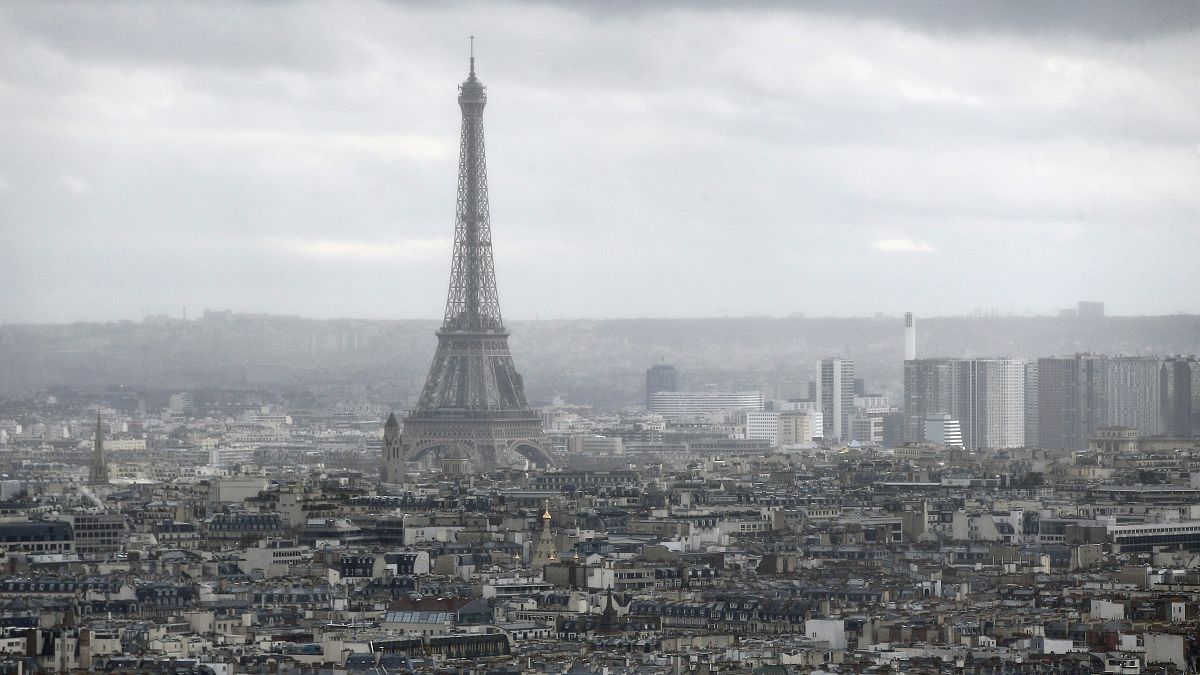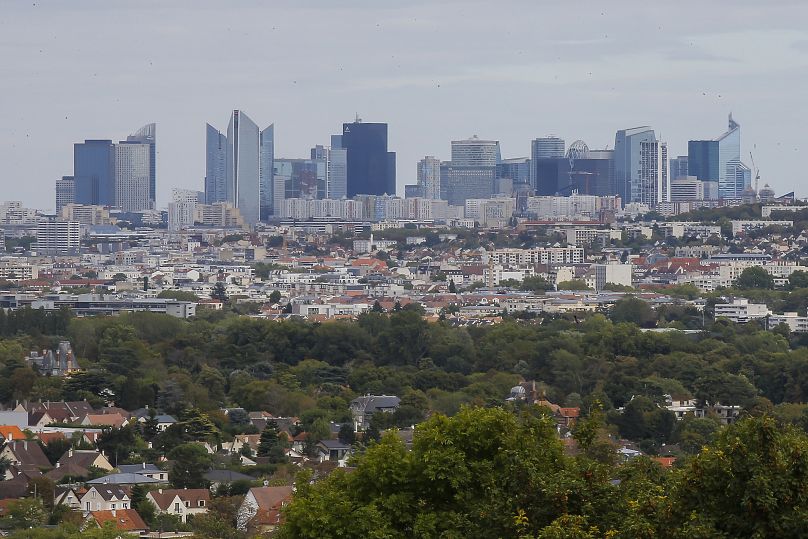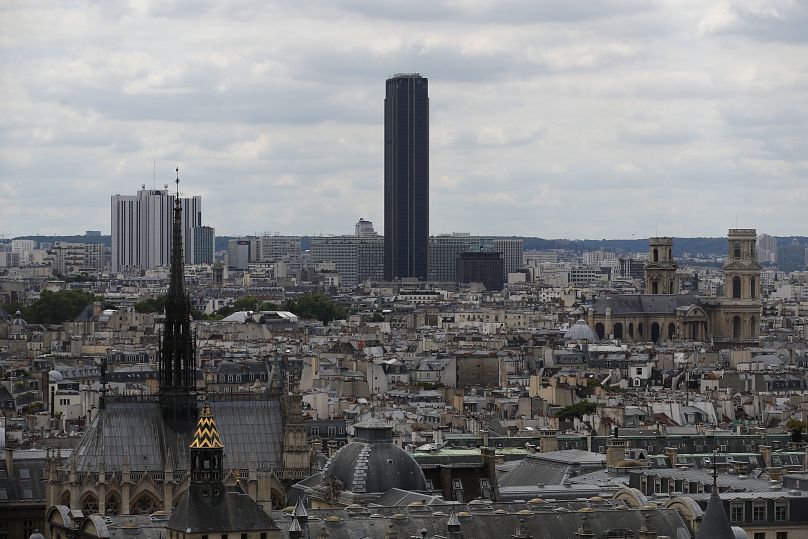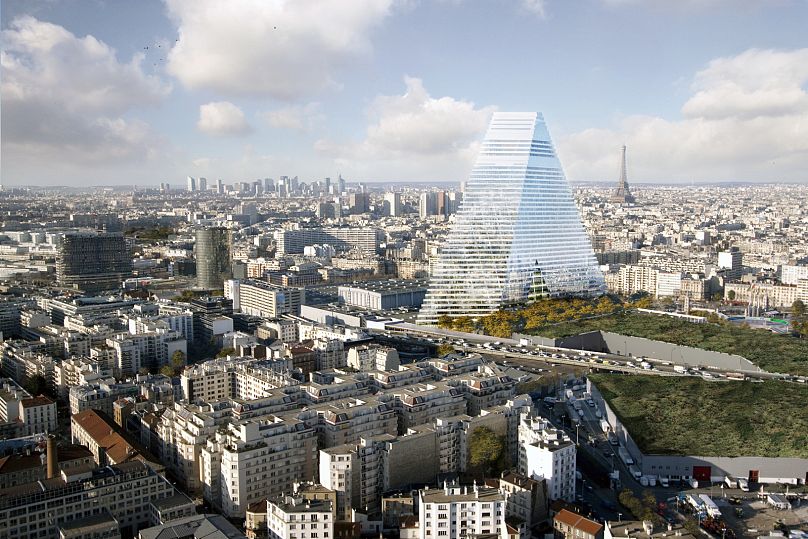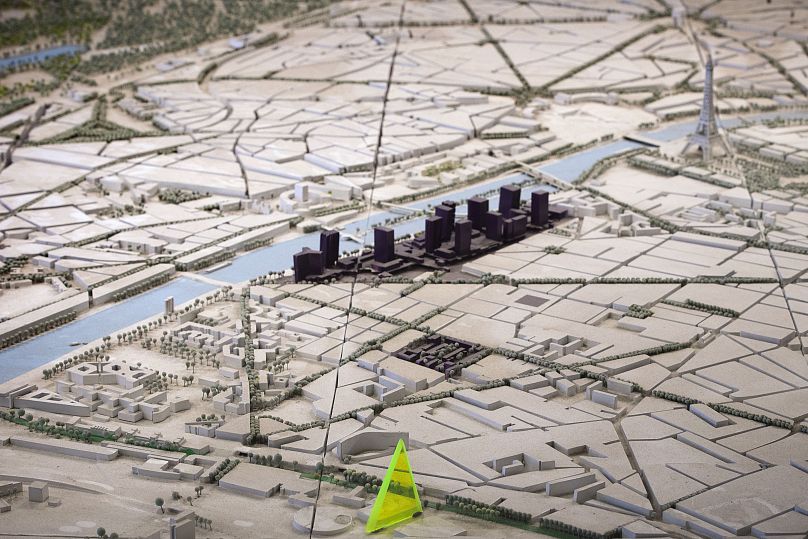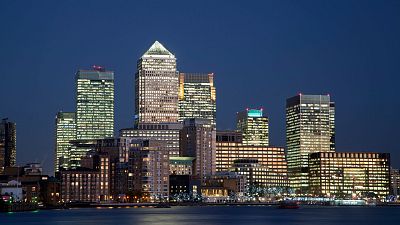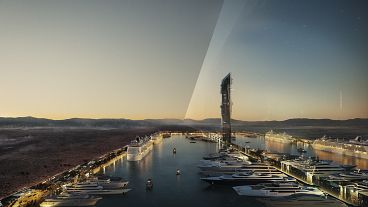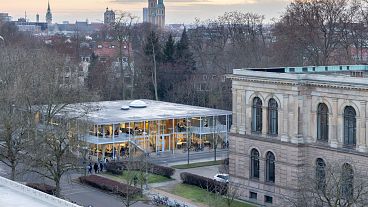The French capital has put in place the ‘Plan Local d’Urbanisme’, which limits the height of new buildings to 12 storeys - or 37 metres.
Despite being home to one of the world’s most iconic tall buildings - the Eiffel Tower, what else? - Paris has long fought to remain a low-rise city.
The City of Lights may have finally succeeded in that aim, having adopted a new ‘Plan Local d’Urbanisme’ (or PLU) this month, which its backers say will promote more environmentally friendly construction.
The PLU came into force after Paris’ city council voted in favour of limiting the height of new buildings to 12 storeys - or some 37 metres.
While some developers have attempted to make the French capital look more like its UK counterpart of London, the skyline of which has become more high rise in recent years, but many Parisians have rejected these planning requests.
Paris’ La Défense business district does, in fact, boast a number of skyscrapers and in the 13th and 15th arrondissements, many people call taller residential blocks home; But, in the centre of the city, it’s largely a tall building-free zone.
Certain parts of the city imposed a height limit for new buildings of 37 metres in 1977 after the construction of the controversial 209m-tall Montparnasse Tower, which was completed in 1973. That monolithic building has long been criticised by some Parisians for looking out of place - a blot on the iconic landscape.
The 1977 height limit remained in place until 2010, before being overturned by former mayor Bertrand Delanoë in favour of a limit of 180 metres for office towers and 50 metres for housing blocks.
Paris has now effectively, returned to 1977 - the ban reintroduced as part of mayor Anne Hidalgo's aim to reduce Paris’ carbon emissions, otherwise known as the Local Bioclimatic Urban Plan.
Another reason behind the decision lies in the controversial construction of the Tour Triangle tower designed by Swiss studio Herzog & de Meuron.
Starting building works in 2021, the pyramid-shaped tower is scheduled for completion in 2026 but has been dogged by backlash and delayed by a staggering 12 years due to various legal and planning battles.
At its completion, the Tour Triangle will be the city's third tallest building, playing host to a hotel and office as well as shops and restaurants.
The building is in a trapezoidal form, meaning it will resemble a thin tower from central Paris, but from the east and west of the city, its full width will be visible.
Hidalgo explained her council’s decision, saying the ban is part of a wider "bioclimatic" plan, one that will ensure Paris remains "attractive and pleasant in coming years despite the acceleration in the temperature".
The change was reportedly supported heavily by Green councillor Émile Meunier, who has spoken out against attempts by some Parisian authorities to ‘compete’ with the City of London.
Critics say the UK capital has mistakenly allowed construction of a glut of skyscrapers over the last decade, including the now-iconic Shard, which opened in 2013 and stands at 310 metres and the 224 metre tall Leadenhall Building, completed in 2014.
The PLU ban follows a growing global trend in restrictions over building heights. In China, to take one example, the government recently limited the height of skyscrapers to 500 metres, with buildings over 250 metres ‘strictly restricted’, all while establishing the role of chief architects across its cities.
